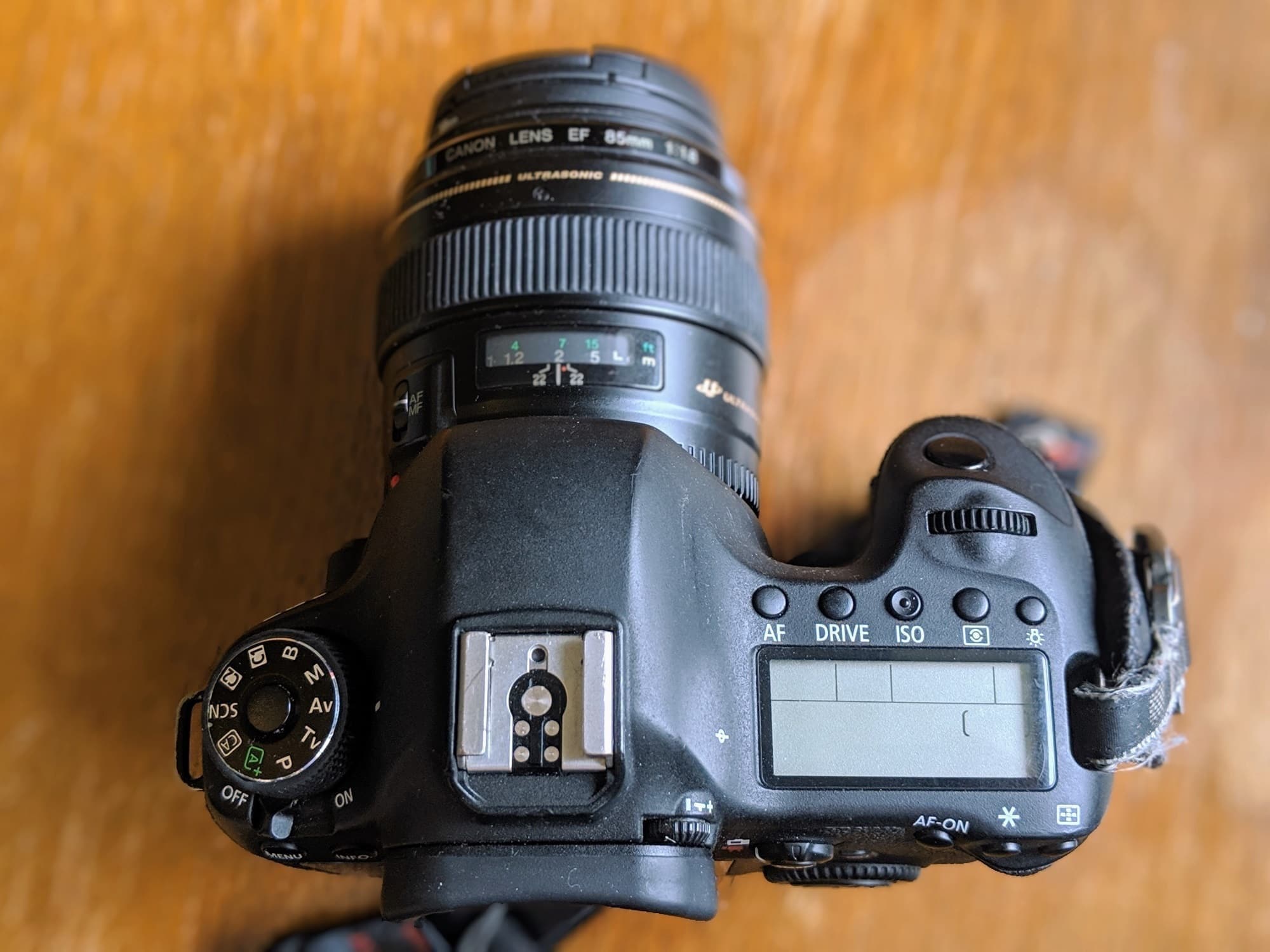Your cart is currently empty!
Lesson 6: DSLR Camera Focusing Tips for Beginners
What is a DSLR Camera?
A digital single lens reflex, or DSLR camera, is a camera with an internal mirror and prism system. This system is used to direct the light from the lens up to the viewfinder that you look through to compose the image.
I appreciate this may sound a little opaque, so let me break it down a bit.
All digital cameras essentially work in the same way. First, light is collected and focused by a lens, and then captured on a digital sensor. The sensor saves that light information into an image file that you can view and edit.
The difference between a DSLR camera and the other cameras on the market today is that a DSLR has this mirror and prism system which is used to send light to the viewfinder. If you take the lens off a DSLR and look inside the lens mount, you’ll see the mirror sitting at around a 45 degree angle. It’s just reflecting the light up towards the optical viewfinder.
When you press the shutter button, the mirror will flip up inside the camera, out of the way of the sensor. Then the light will pass onto the sensor to record the image. This is why, when you take a photo with a DSLR camera, the viewfinder goes dark when you press the shutter button. The mirror is no longer reflecting the light, and so the viewfinder goes dark.
There are some other differences between a DSLR camera and the other types of camera available, which are covered in more detail in my post on DSLR cameras.
DSLR Camera Controls: A Guide
When you first take your new DSLR camera out of its box, you are going to notice that it has a lot of buttons and dials. And these can certainly be overwhelming. Which is likely why so many people I teach photography to confess that they just leave their camera in Auto and hope for the best.

For the most part, on a modern DSLR camera, Auto mode will actually do a pretty decent job in 80% of situations.
However, this also means that there are going to be times (let’s say 20%) that you aren’t going to get the shot you want if you leave everything up to the camera.
Because of this, learning how to use your camera to its fullest potential, and taking full control, should definitely be your end-goal.
Don’t worry if this takes you some time, or if you don’t understand everything at once. As I’ve already said in this post, photography is complicated and learning how a camera works is a process that takes time and practice.
A good start is reading a post like this, but do also consult your manual for your camera model. If your camera didn’t come with a manual, you can usually find relevant information by searching online for “your camera model manual”.
Here’s an overview of the key controls on your DSLR Camera. Note that different camera models will have slightly different controls, but the majority will have the following options.